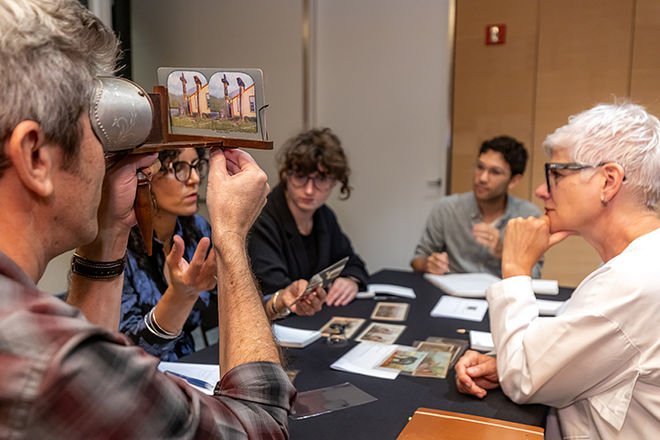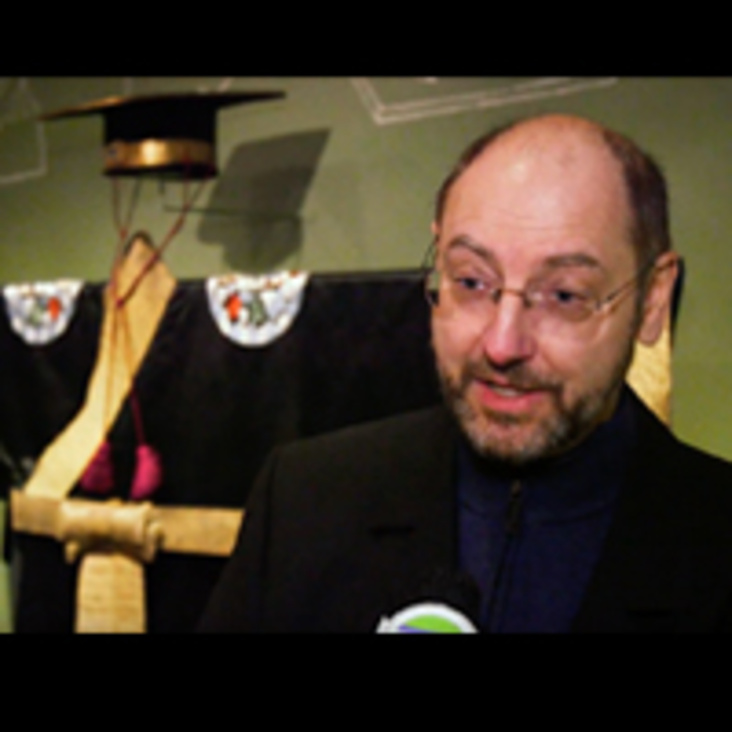“What to Do About Fake Plunder: The Case of Liao-Dynasty Gold and Silver”
Abstract
Between 1989 and 1991, several dozen purported Liao-dynasty gold and silver vessels entered the international art market. The vessels all have dated inscriptions that link them to prime minister Han Derang (941–1011) and Empress Dowager Chengtian (r. 983–1006), arguably the two most famous figures of the Liao dynasty (907–1125). There is ample evidence to suspect that these vessels are the products of a large forgery operation and I suggested as much in a 2003 article. In this presentation I am taking a fresh look at the group, prompted by the recent excavation of Han Derang’s looted tomb, the report on which was published in April this year. I am finding that a considerable body of literature has now accrued that still considers these pieces to be authentic. Interestingly, this literature sees the vessel inscriptions as proof of an amorous relationship between the dowager empress and her minister, one that has been alleged and disputed since the eleventh century.
Where did your interest in this subject come from?
I was first exposed to Liao gold and silver,
both as a field of archaeological inquiry and as a field of collecting, in
1993. At the time I was working as a research assistant at the Museum Rietberg
Zurich to help prepare an exhibition on Chinese gold and silver. After the
exhibition opened in 1994, I enrolled in the PhD program at the University of
Zurich and completed a dissertation on the formation of the goldsmithing
profession in medieval China. This also included a chapter on gold and silver of
the Liao dynasty.
How does this research question intersect with your other intellectual interests?
My study of Liao gold and silver objects has
developed into a larger book project on the material culture of the
Liao-dynasty elite. The focus here is on the social, especially the ritual
significance of artifacts. Connoisseurship and authentication play only a
peripheral role. I typically concentrate on archaeological finds, as they provide
rich material context and the specter of potential forgeries is avoided. But
unprovenanced antiquities from the art market have become so enmeshed with
archaeological data in recent Liao scholarship that a discussion of
authenticity cannot be entirely omitted.
Why is this question important to you?
The objects associated with Prince Wenzhong make
up a significant percentage of purported Liao gold and silver artifacts, and
since they have no verifiable archaeological provenance, they cannot be used as
historical evidence without a critical discussion of their authenticity. I
would hope that this research on fake loot will also increase awareness about the
existence of a ravenous collectors’ market for Liao-dynasty antiquities that
feeds not only on forgeries but also on gold and silver looted from tombs that
are being destroyed in the process.
Related Readings
“Shaping
Symbols of Privilege: Precious Metals and the Early Liao Aristocracy.” Journal of Sung-Yuan Studies 33 (2003):
pp. 71–109.
The
Cultured and Martial Prince: Notes on Li Zanhua’s Biographical Record.” In Tenth-Century China and Beyond: Art
and Visual Culture in a Multi-Centered Age, edited by Wu Hung, pp. 319–49.
Chicago: The Center for the Art of East Asia, University of Chicago, and Art Media Resources, 2012.
“Iconic Ancestors: Wire Mesh, Metal Masks, and Kitan Image Worship.” Journal
of Sung-Yuan Studies 43 (2013): pp. 91–115.














